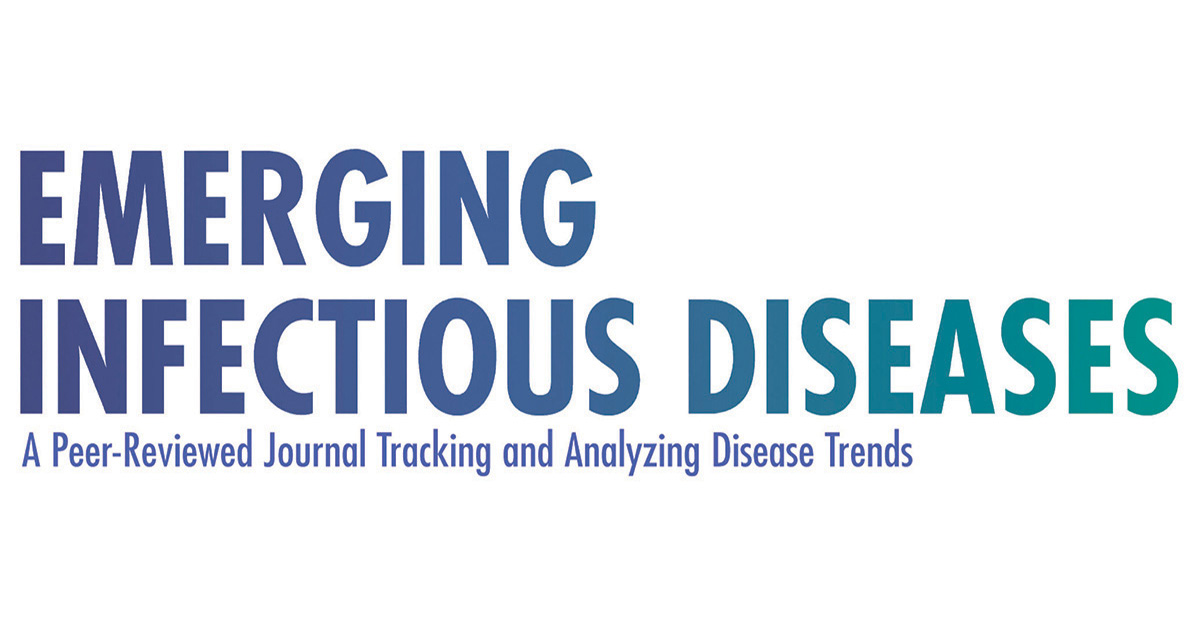Re: New swine flu has avian flu genes
Seems that the new H2N3 is a reassortant which happened in swine
of a virus similar to A/CEID23 in PB2,PB1,NP,M,NS,
(common ancestor 2-4 years ago) acquiring
HA,NA,PA from an unknown bird-virus
related to A/Mallard/Alberta/154/2003.
The PB2 in CEID23 is of avian character and was acquired
presumably some years before by another reassortment.
There could have been another reassortment in PB1 but only
mixing two similar viruses.
It doesn't seem likely that a bird or human had caught
a CEID23-like virus, reassorted with another virus and
then gave that new reassorted virus back to swine. (IMO)
The participant whose specimens yielded A/Iowa/CEID23/05 was a 50-year-old man who lived on a swine farm and was currently working with nursery and finishing swine. He self-reported having a sore throat, cough, runny/stuffed nose, and a measured oral temperature of 38.2?C at the time of culture. No headache, red/itchy eyes, body aches, chills, diarrhea, nausea/vomiting, or hoarseness were reported. He also reported exposure to sick swine (with symptoms of cough, runny nose, and/or poor food intake) during the 10 days before his illness. The isolation of A/Iowa/CEID23/2005, together with the prior recovery of genotypically related reassortant influenza (H1N1) and (H3N2) viruses from 2 people following apparent zoonotic transmission from pigs (22,23), indicates that viruses of human/swine/avian triple reassortant genotype can be human pathogens.
Seems that the new H2N3 is a reassortant which happened in swine
of a virus similar to A/CEID23 in PB2,PB1,NP,M,NS,
(common ancestor 2-4 years ago) acquiring
HA,NA,PA from an unknown bird-virus
related to A/Mallard/Alberta/154/2003.
The PB2 in CEID23 is of avian character and was acquired
presumably some years before by another reassortment.
There could have been another reassortment in PB1 but only
mixing two similar viruses.
It doesn't seem likely that a bird or human had caught
a CEID23-like virus, reassorted with another virus and
then gave that new reassorted virus back to swine. (IMO)
The participant whose specimens yielded A/Iowa/CEID23/05 was a 50-year-old man who lived on a swine farm and was currently working with nursery and finishing swine. He self-reported having a sore throat, cough, runny/stuffed nose, and a measured oral temperature of 38.2?C at the time of culture. No headache, red/itchy eyes, body aches, chills, diarrhea, nausea/vomiting, or hoarseness were reported. He also reported exposure to sick swine (with symptoms of cough, runny nose, and/or poor food intake) during the 10 days before his illness. The isolation of A/Iowa/CEID23/2005, together with the prior recovery of genotypically related reassortant influenza (H1N1) and (H3N2) viruses from 2 people following apparent zoonotic transmission from pigs (22,23), indicates that viruses of human/swine/avian triple reassortant genotype can be human pathogens.

Comment